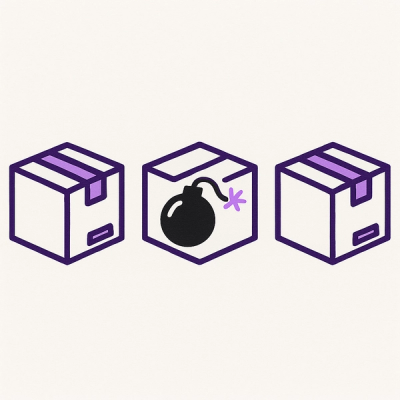

Background
Purpose
Fuel is a static website creator -- it takes in markdown files and produces a static html site you can host from github pages, Amazon S3, or any web host. Several tools already support this, notably Jekyl and Hugo.
So what makes Fuel different?
Fuel also has the ability to take in JSON-enhanced markdown (I should totally trademark that) and:
- use the JSON in your website as variables
- store the JSON and content into a database
How does it work?
Given a normal markdown file or (as in the example below) a JSON-enahanced markdown file:
{
"breed": "Labrador Retriever"
"colors": [
"black",
"yellow",
"chocolate"
"]
}
\~~~
# Breed: Labrador Retriever
The Labrador Retriever, also known as simply Labrador or Lab, is one of several
kinds of retrievers, a type of [gun dog](https://en.wikipedia.org/wiki/Gun_dog).
Labradors are athletic, playful, and the most popular breed of dog by registered
ownership in Australia, Canada, New Zealand,[4] the United Kingdom,[5] and
the United States (since 1991).[6]
[via Wikipedia](https://en.wikipedia.org/wiki/Labrador_Retriever)
fuel will convert it into a HTML file.
Installation
Type the following commands into your Terminal.
$ brew install go
$ go get github.com/fblecha/fuel
$ cd $GOPATH/src/github.com/fblecha/fuel
This will install fuel into your $GOPATH/bin directory.
$ go install
How do you run it?
Fuel is a command-line application, so you'll run it via a terminal window.
If you want to create a blog devoted to dogs, then you would do the following steps:
# to create a new blog
$ fuel my_new_dog_blog
$ cd my_new_dog_blog
# create some markdown files under my_new_dog_blog/content
# create some layout.html files under my_new_dog_blog/views
# optionally put any css/images/etc you need under my_new_dog_blog/style
$ fuel run
# load my_new_dog_blog/public in a web server
What happens when fuel is run?
Fuel does the following:
- It creates a public directory. This directory will be the home of your website.
- it copies everything from ./style over to ./public/style. If you want to copy over CSS, JavaScript, or anything else, put it in your style directory and refer to it as "/style/someting" in your html files.
- It looks for each markdown file under ./content and applies a layout (a HTML file) to it so that you end up with ./public/something.html
How do layouts work?
Insert
Developers
What databases are supported?
- (Not started) postgresql
- (Not started) DynamoDB
What else needs to be done?
see the Todo file




